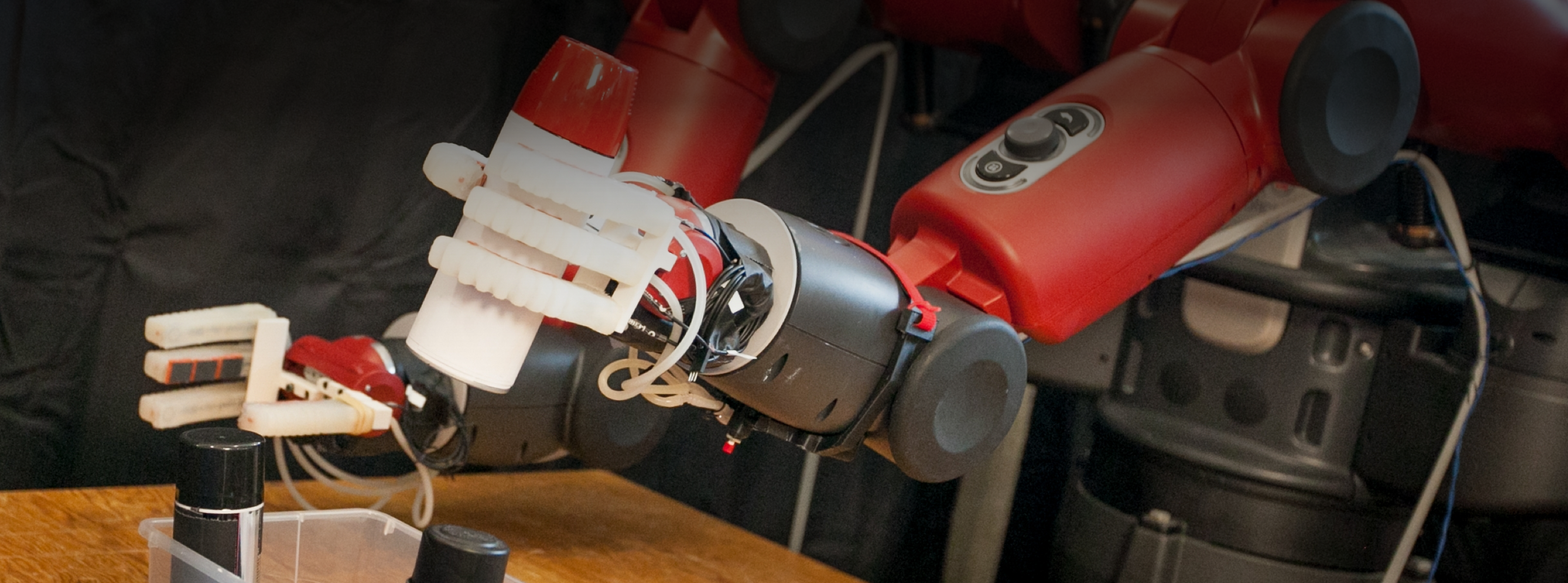VIDEO BY: Nate Caldwell | WRITTEN BY: Layla Glatman
Theia Henderson first began her career at MIT with the completion of her bachelors degree in computer science, followed by earning her Master of Engineering degree in computer science. Originally from Long Island, New York, Henderson chose to pursue higher education in Cambridge long ago and decided to pursue her PhD to “have the freedom to just think about an interesting problem for a while and try to solve it,” Henderson shared.
Henderson is currently a Graduate Research Assistant at MIT, working in the Haystack Group with David Karger acting as her advisor. “It’s a group that we sometimes describe as “artificial artificial intelligence” because rather than using machine learning, most of the systems we build are trying to amplify the capabilities that people already have in organizing their knowledge and information.”
Currently, there is one main research question that Henderson is working to answer: Is it possible to construct an ecosystem of social applications that aren’t bound by network effects? According to Henderson, her main research project addressing this question, titled Graffiti, can be described as, “a communication infrastructure that you can build any sort of social application on top of just as easily as you could build a static website. And all of these social applications will interoperate.”
To further explain her current project, Henderson provided the example of making one application that looks like Facebook and another application that looks similar, but has slightly different features. By possessing similar functionality, these applications can overlap in terms of the information they’re sharing when using the framework Henderson is developing.
“The goal of this project is to defeat the network effect,” Henderson explained. “The current ecosystem of social applications is limited by the fact that if you are using one application and you want to communicate with me, you need to use the same application. This concentrates the power in a handful of monopolies that create really depressing and addicting applications.”
Before Henderson joined this lab, she was not very involved with HCI, as her undergraduate studies involved more theoretical and mathematical matters. While Henderson found those topics interesting, she felt that they were disconnected from human impact. Working in the Haystack Group has allowed her to learn a lot more about doing user studies and focusing on the usability and understandability of a system to a broader audience.
“On a societal level, this project has the potential to make the social applications that we use less addicting, depressing, and polarizing,” Henderson said. “More immediately, it gives people a lot more power to personalize their social applications. The current ecosystem of social media applications have not innovated a lot in the past decade, but this project would be putting all the power in the hands of the users.”
Following the completion of her PhD, Henderson hopes to pursue academia and continue residing in the Greater Boston area. “Most big problems in the world can be reduced down to communication barriers,” Henderson said. This was the initial idea that guided her towards investigating HCI and has continuously inspired her to pursue this line of research.

